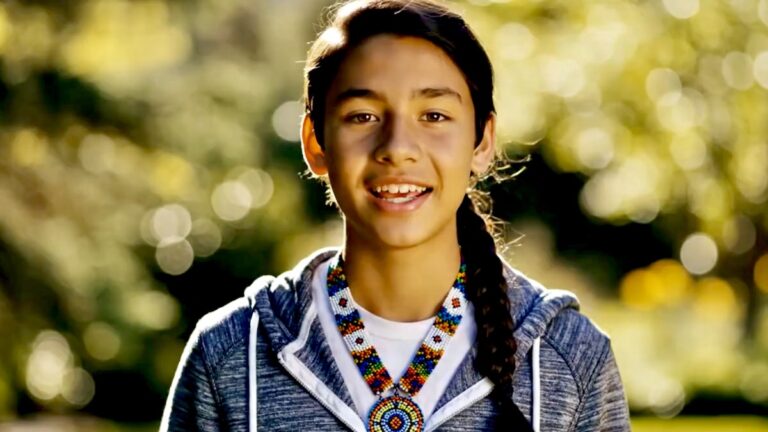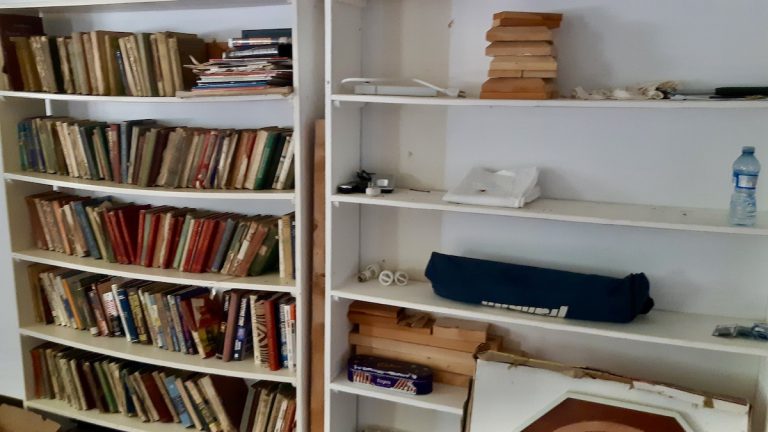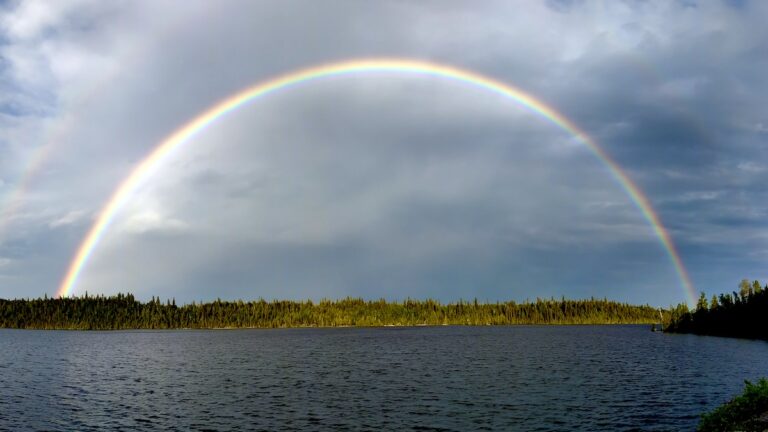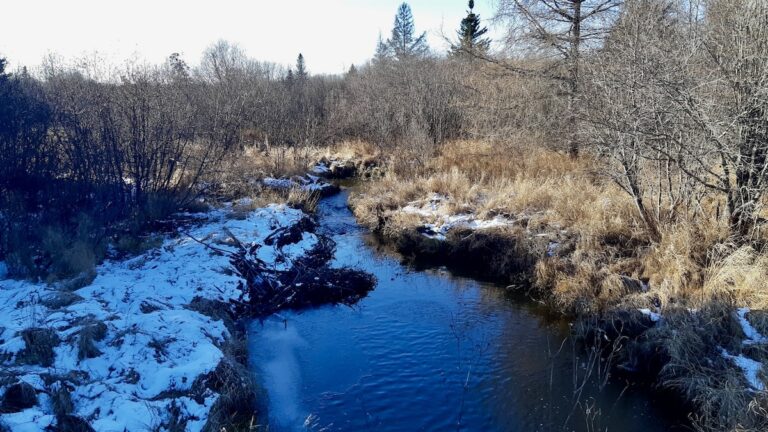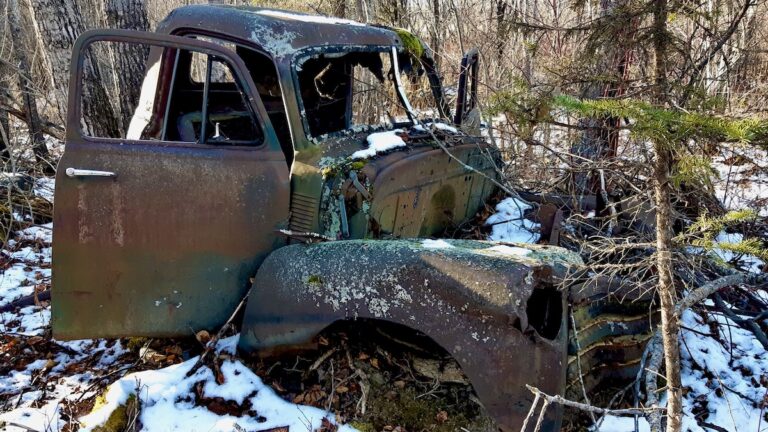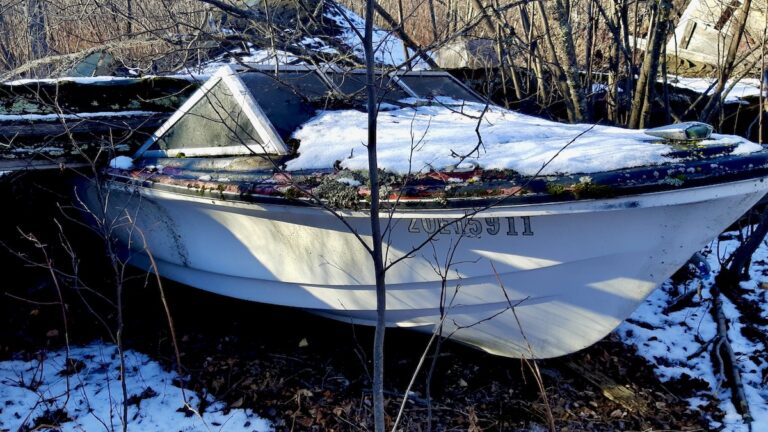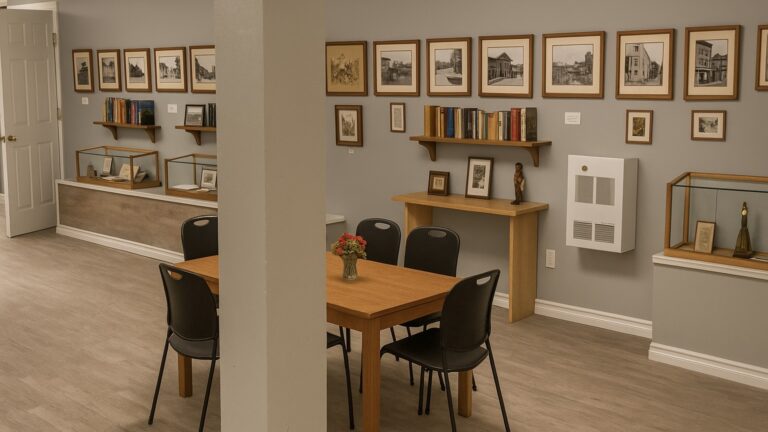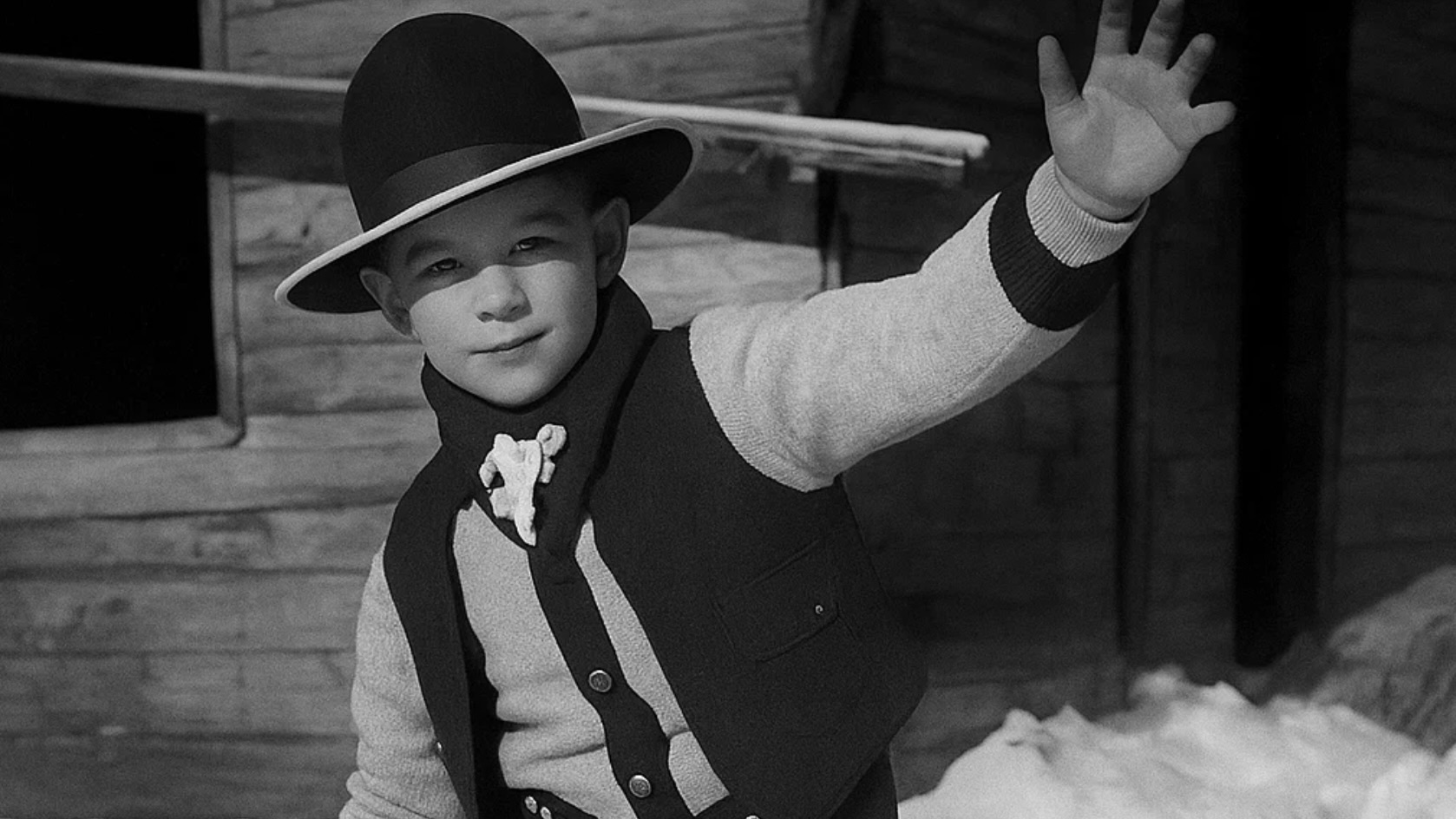
Screenshot
Restoring old photos is more than just a technical exercise—it’s a way of reconnecting with history and ensuring that family and community memories are preserved for future generations. Traditionally, this work has been done by hand through methods like airbrushing, which requires patience, attention to detail, and artistic skill. With tools like GIMP, we’re learning how to carefully remove scratches, repair tears, and bring faded images back to life. These techniques give us an appreciation for the care that goes into restoration and teach us valuable digital editing skills that can also be applied in other creative projects.
At the same time, we are beginning to explore the use of artificial intelligence in photo restoration. AI-powered tools allow us to clean up and enhance photos much more quickly than manual work alone, especially when dealing with large collections. Instead of painstakingly fixing each blemish by hand, AI can automatically smooth surfaces, sharpen details, and even colorize old black-and-white photos. This gives us the ability to process many images in a fraction of the time, while still leaving room for us to make adjustments and refinements. Learning how to use these tools helps us understand how technology can complement traditional skills rather than replace them.
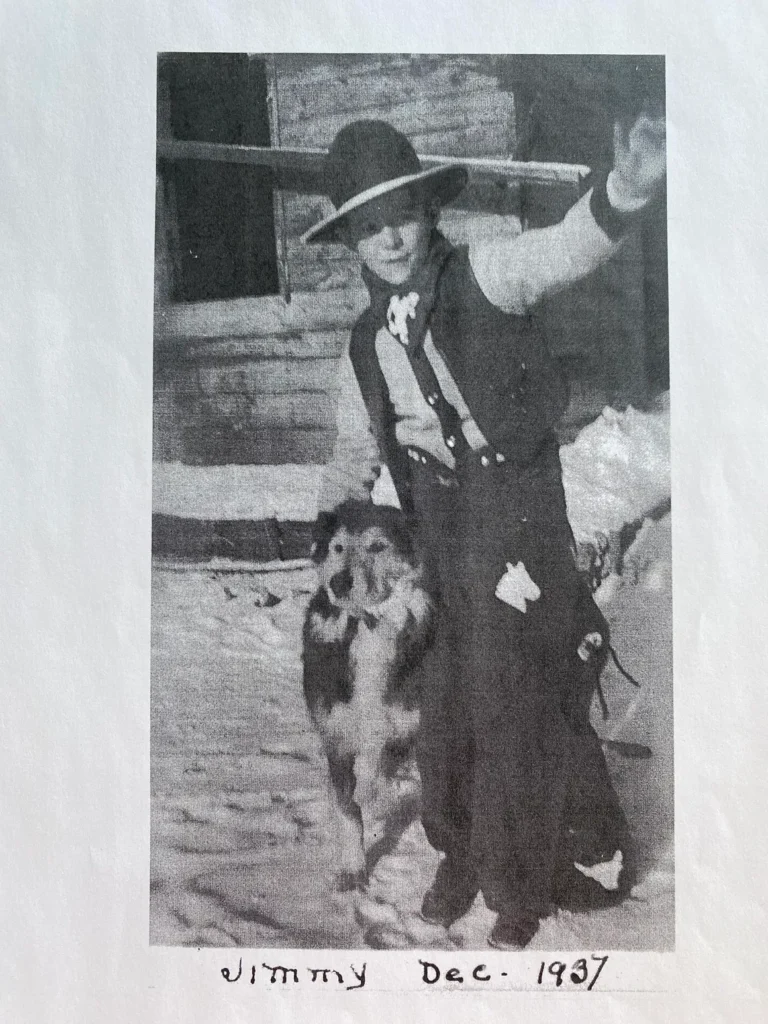
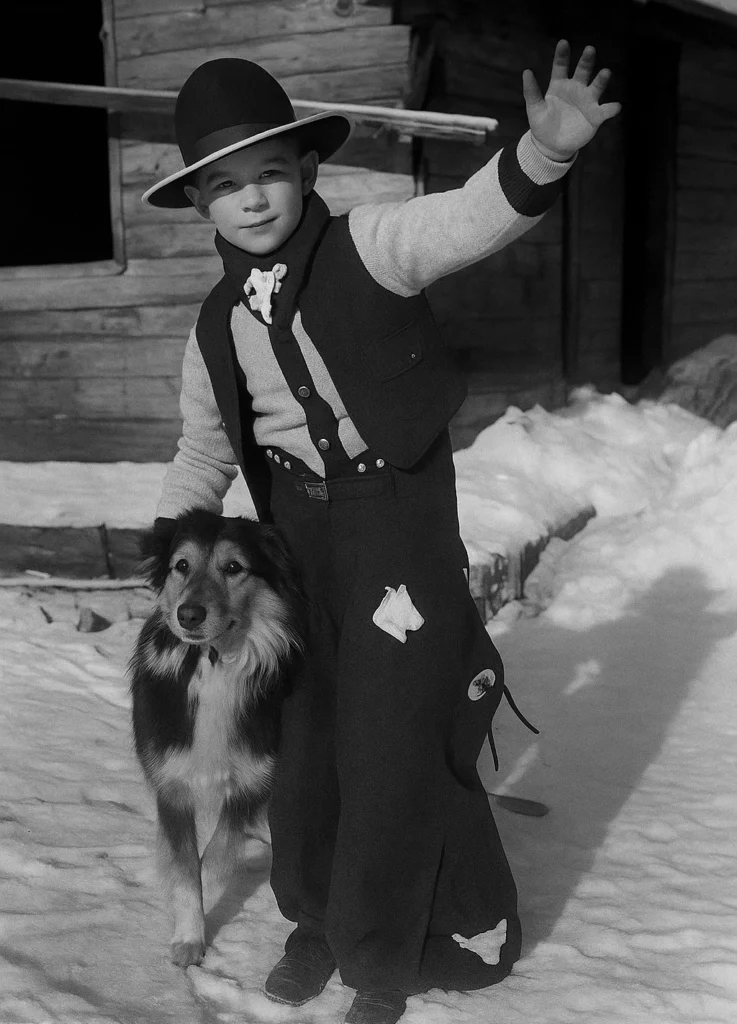
Combining both methods—manual airbrushing and AI restoration—we’re developing a set of flexible skills that balance creativity with efficiency. On one hand, we’re training our eyes to notice small details and imperfections that technology might overlook. On the other, we’re learning how to evaluate AI results critically, knowing when to accept automated fixes and when to step in with human judgment. These are important digital literacy skills, giving us not only technical ability but also decision-making experience in how to use technology responsibly and effectively.
Benefits and Potential
The benefits of this work extend far beyond the skills we’re building. Restored photographs strengthen community memory by bringing back images that might otherwise be lost to time. Old family portraits, community events, and historical scenes are more than just pictures—they are pieces of identity, culture, and belonging. Being able to restore them allows stories to be shared with younger generations and helps preserve a sense of continuity in our communities. In this way, photo restoration is both a technical practice and a cultural contribution.
One thing are going to continue learning is how to store and organize these digital files properly, so they remain accessible for years to come. It’s not just about restoring photos, but also about building an archive that can be shared, searched, and used in future projects. Whether it’s through exhibitions, publications, or digital collections, the skills we’re learning now can play an important role in how communities protect and celebrate their history in the long term.

